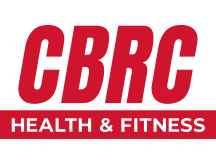CBRC Health & Fitness has expanded its services to include Medical Fitness Programs. Medical Fitness Programs have supervised exercise and nutrition programs designed for individuals who are managing a medical condition such as heart disease or diabetes, transitioning from a clinical rehabilitation program or simply needing additional support starting an exercise program. Exercise has been shown to improve medical outcomes in chronic conditions, however, few individuals know how to begin a safe and effective exercise program. Let our exercise professionals assist you.

Alzheimer’s Disease
For those with Alzheimer’s Disease and related dementia (ADRD), regular physical activity helps develop better strength, balance, walking speed, and endurance. It also reduces physical decline and preserves day-to-day function, including sleeping habits.

Arthritis
This program is intended for those with impaired joint movement. The program includes exercises to improve the participant’s overall function and the performance of daily tasks, mobility, gait, independence, flexibility, balance, and coordination.
 Aquatic Fitness
Aquatic Fitness
For those who cannot tolerate traditional land exercise programs and prefer water. Aquatic fitness promotes pain relief due to the buoyancy property of water that provides support for your joints. Aquatic fitness stimulates increase venous return and assists in improving circulation which aids in decreasing swelling and increasing range of motion.

Cancer Fit
Being active during and after a cancer diagnosis is an important way to reduce fatigue, increase strength, and help ease depression. In this program, regular physical activity, including aerobic activity, strength training, and flexibility can help you get through your treatments and decrease treatment side effects.
 Fall Prevention
Fall Prevention
This program is designed for anyone who is concerned about their health or the health of a loved one and wants to learn practical tips and tools to prevent injuries due to falls.
First Step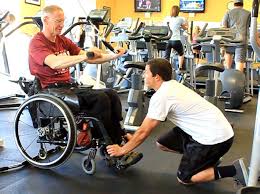
This program is dedicated to improving the lives of individuals who have sustained paralysis after suffering a devastating spinal cord injury. Through an intense exercise-based program in a controlled and stable environment recovery is possible.
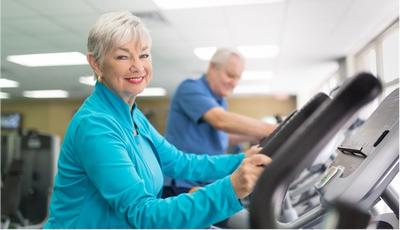 Healthy Heart
Healthy Heart
Life after rehab… This program is for participants that have completed cardiac/pulmonary rehab, but still need the security of working with a trained professional in a safe, supported environment.
Low Back Pain
Most adults will experience low back pain (LBP) sometime in their lifetime. There are many causes of LBP but, in most cases, the cause of pain isn’t clear, and it not dangerous. More active people have less back pain over time.
 Multiple Sclerosis
Multiple Sclerosis
The challenges of Multiple Sclerosis (MS) are real. Becoming and staying active can be challenging. The focus of this program is to reduce various symptoms of MS including fatigue and depression while simultaneously improving strength, balance, walking/gait, cognitive performance, and quality of life. Each session will focus on the individual’s needs that are specific to that day.
Nutrition Programs
Nutrition is one of the key catalysts in achieving lifelong health and wellness. Let our Certified Food Coaches teach you the skills to achieve optimum health by providing practical ways you can apply good eating and lifestyle habits into any way of life. Our Balanced Habits Nutrition Programs are easy to follow, provide accountability, and have proven results!
 Osteoarthritis
Osteoarthritis
If you are one of the millions of people who have osteoarthritis (OA), being active is an important way
to decrease the pain and stiffness that are hallmarks of arthritis. If you avoid physical activity, you’ll get weaker and stiffer, making your joint pain and disability worse. Regular exercise has been shown to reduce pain, improve your ability to do daily activities, and lower your risk of other health problems.
Osteoporosis
People with osteoporosis or osteopenia (low bone mass) can reduce their risk of falls and fractures through the right kinds of physical activity. Research is ongoing to determine the best exercise plan for healthy bones.
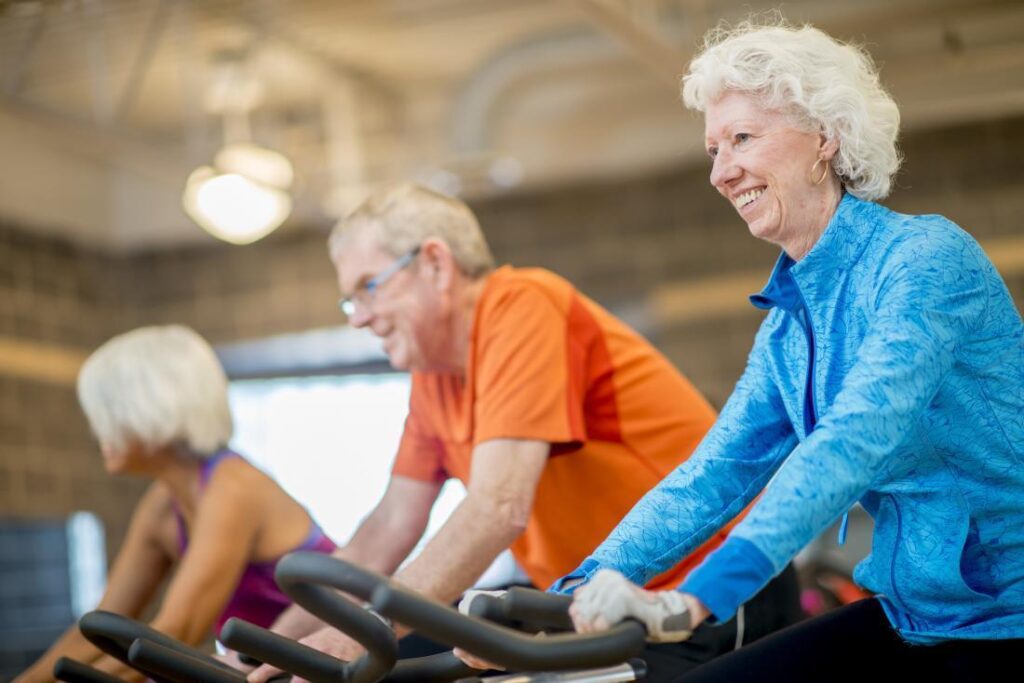 Parkinson’s Disease
Parkinson’s Disease
Research clearly shows that regular exercise can reduce the severity of Parkinson’s Disease (PD) symptoms and slow down the progression of the signs of the disease. Being active will help you have more stamina, walk better, and simply feel better about life. Although exercise will not reverse the disease, positive effects on the brain may help you compensate for some of the changes with PD.
Percussive Therapy
What is percussive therapy? Percussive therapy utilizes massage guns to penetrate deep into your soft tissues by using rapid compressions and releasing your deepest tensions. Discover an entirely new way to feel better daily. Percussive therapy can be done before, during, or after exercise, or just because!

Prediabetes
Having prediabetes means your blood glucose level (blood sugar level) is higher than normal but isn’t high enough to be called type 2 diabetes. Prediabetes is the step before developing type 2 diabetes. Being active and shedding a few pounds are proven strategies that can actually prevent or delay it.
Posture Correction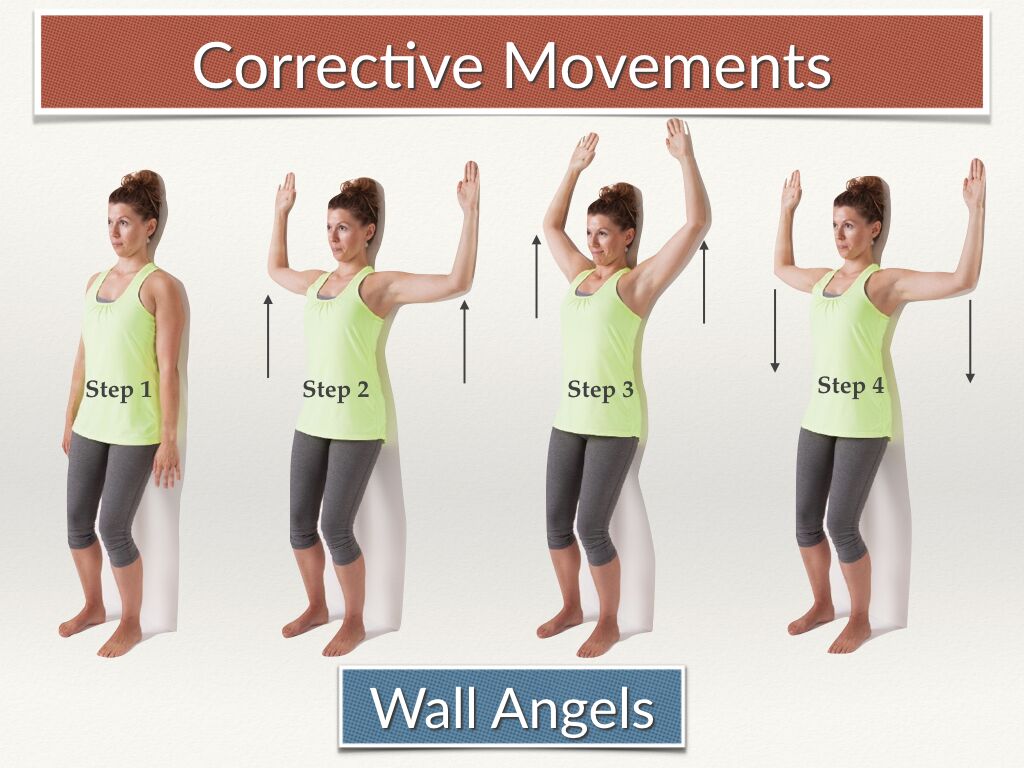
This program will improve posture by adding corrective strengthening and stretching exercises to your fitness program. Our posture correction program is designed to restore normal spinal alignment and function, develop alignment that prevents injury, and create a more even distribution of forces on the spinal column. Continued poor posture can lead to stretched ligaments, cartilage damage, disc injuries, arthritis, and many other musculoskeletal disorders.
 Rheumatoid Arthritis
Rheumatoid Arthritis
If you suffer from rheumatoid arthritis (RA), an autoimmune disease that causes inflammation of the joints, being active is an important way to improve your RA symptoms. Increasing physical activity decreases tiredness, joint pain, stiffness, and inflammation. If you avoid physical activity, you’ll just get weaker and stiffer, making your arthritis worse.
 Stroke Recovery
Stroke Recovery
Physical activity is a cornerstone of risk-reducing interventions for preventing and treating stroke and myocardial infarction. Moreover, exercise can improve the quality of life among stroke survivors by strengthening muscles and improving mobility—all with the goal of restoring function.
Type 1 Diabetes
Exercise is an absolutely vital part of type 1 diabetes. Staying fit and active throughout your life has many benefits, but the biggest one for people with diabetes is this: it helps you control diabetes and prevent long-term complications.

Type 2 Diabetes
Experts now say that any physical activity counts toward better health – even just a few minutes! Being active is a great way to improve the way your body uses insulin and burn more calories to control your weight. Just one session of aerobic activity improves blood glucose (blood sugar) and insulin action up to 24 hours or longer!
